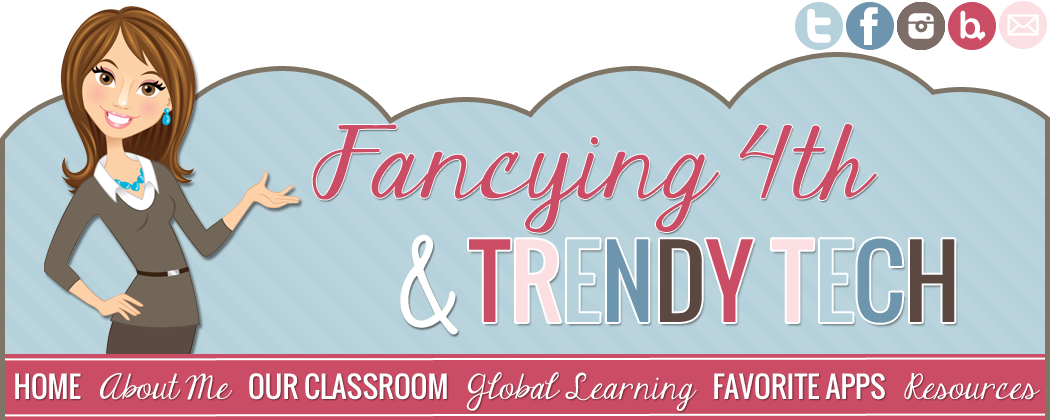As an elementary educator it is hard at times to excite students about research. During this past year a colleague and I stumbled upon a topic that really hooked and engaged our students. We were contacted by a teacher at an international school in Europe. The teacher wanted to connect and learn more about the United States. Our 4th grade students were getting ready to begin a research project ,so we decided to use this country as our jumping off point. Wow, our students were so excited to research and learn.
How did this partnership and virtual co-teaching lesson begin? Check out the example of the process we used to connect our students and ensure the learning was top priority. It's extremely easy to get started when you think about who, what, where, when, why, and how you are going to connect.
1. Establish a Connection (Who are you going to collaborate/connect with?)
This begins with a simple e-mail, tweet or post from a single teacher.
Example conversation:
"My name is ... and I work at ... I found your email address on Quadblogging and I’m also looking to Skype with foreign countries ... We study new countries and cultures and the US is on our list. Would you happen to be interested in Skyping with us?"
2. Collaborate (What is your topic? Where will you connect? When will you connect?))
Teachers communicate to identify details for the lesson/activity
- How will your classes connect? Skype, Google Hangout or Drive, Twitter, Padlet
- When is the best date and time to connect?
- Details of the lesson (so important)
Example conversation:
"We have a 4th grade class that is interested in connecting. Do you use Google Hangout? This is usually what we use to connect."
"What did you have in mind to do during the connection? We are Central Standard Time. Are you Central European Time? If so, 4:00 pm would be 9 am in our city."
"Can you send us a link to your class website so we can become familiar with your school?"
"Would you be available next Thursday, January 29th? We would just ask ... a series of questions about your culture and location. Below is an example of the types of questions we used for our last Skype conversation. Then, you can call on your students to answer the questions for us. Then, your students can ask us questions .. .here is the link to our school website: ..."
"Where is your school in the US? We’d love a link as well!"
Note: If using Skype or Google Hangout establish who will make the call.
3. Customize the Learning (Why will you connect? How will you co-teach the lesson?)
Establish objectives and procedures.
Example conversation:
"You will be Skyping with ... and her 4th grade classroom ...We are in the middle of a researching unit. Our students spent one day researching (your country). We have developed a list of questions we would like to ask...We are also working on listening, restating our questions, and giving a detailed responses. We are looking forward to your call."
The fun part ... the learning!










